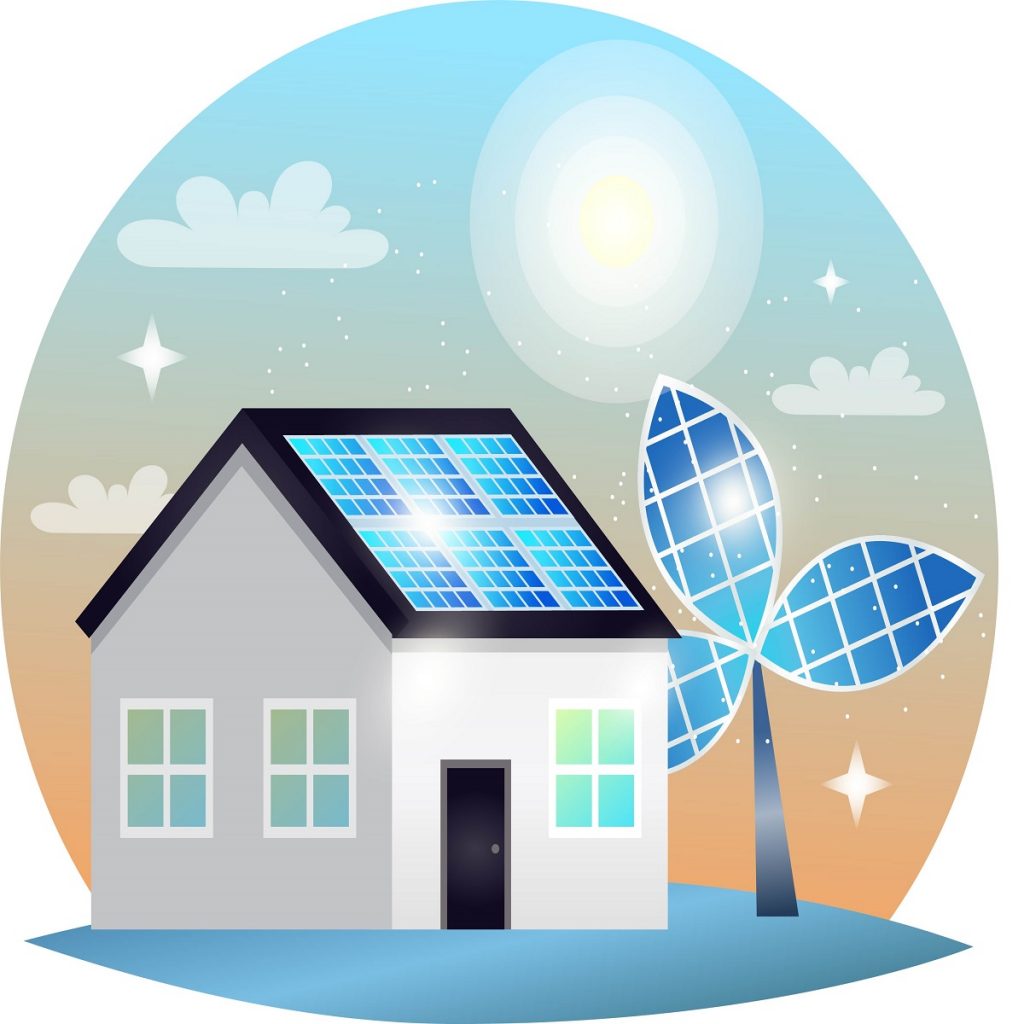Going Solar, Part Three: Waiting for permission
What to do while you’re waiting

The adventures of installing rooftop solar panels on an existing home
Now we wait. Whiling away the hours by reading the warranties and contracts.
HOA
My homeowners’ association (HOA) must approve any changes I make, particularly regarding the exterior appearance of my home. In Nevada and other states, the HOA’s ability to keep me from installing solar panels on the rooftop is limited by legislation meant to encourage renewable energy. As I understand it, they cannot refuse to allow panels. They may, however, require changes that might reduce the output of my system as much as 10%. That would put a real dent in my payback. They may also take their sweet time, up to 45 days according to Nevada Energy Commission, to approve my application. I’m on day 28 now.
[I later learned that the regulations of my HOA allow that if I make an application and get no response, after 30 days I can assume it’s approved. I wish somebody had told me to take a closer look at the HOA CCRs.]
At request of my solar provider, the HOA sent me a standard application form. Among other things, the form asks for the signature of all my surrounding neighbors indicating if they “approve” or “disapprove.” In the case of solar panels, it’s my understanding that the neighbors’ approval is not required. In my case, getting neighbors’ signatures is complicated. During a pandemic it doesn’t seem a good idea to go door to door getting signatures. Also, the homes around me are rentals and it might prove daunting to try to get approval from out-of-state owners. I filled in “Unable to obtain due to COVID-19.”
The solar provider filled in “December 3” for the installation completion. That’s more than twelve weeks away but we all hope it will be sooner. They don’t get paid until I sign off on the installation.
Building permits
City, County and other authorities must approve the plans before installation begins. This can take 8 weeks.
Warranties
I’ve been reviewing the warranty information provided by the solar contractor. With the exception of the roof, they’re standard manufacturers’ warranties.
As always with warranties and their loopholes, you’ll be dependent on the good will of the company to stand by their product, assuming said company still exists in 10, 20 or 25 years. The average lifespan of a US company is only about 10 years.
Photovoltaic Modules: 25 year workmanship warranty / 25 year 90.76% power warranty / 25 year labor warranty. Manufacturer warrants the power output will be no less than 97% of the designated Maximum Power (Pmax) stated in the product data sheet for the first year from date of purchase of the Product by the Customer and the Power output degradation will be no more than 0.26% per year for the following 24 years, so that, at the end of 25th year, the power output will be at least 90.76% of Pmax.
Translation:
Panels tend to produce less power as time goes by. Many panels degrade to 80% capacity or less after 25 years. Mine are “warrantied” to produce at least 90.76% during their lifespan of 25 years. Except, not really.
For one thing, they claim a margin of error of +-3%, so they’re really only guaranteeing 87.76% over the course of 25 years, not 90.76%, and that 3% “deduction” starts at year one.
The way they get to that 90.76% figure is somewhat convoluted, and of course unfair. Let’s say something worth $100 depreciates 10% per year. The first year it will lose $10 and be worth $90. The second year it will lose 10% of the $90 or $9, and be worth $81. After 25 years you’d still have $7.98 left. The way the panel manufacturer calculates it, you’d lose 10% of the original value each year, and would be down to zero after just 10 years. That’s how a rate of 0.26% per year goes from 100 to just 90.76 in 25 years, whereas if properly calculated it would be 91.12. Of course that difference is insignificant compared to their +-3% ringer.
In any case, an underproducing/defective panel may not be replaced with a new one, or even a refurb. Rather, the manufacturer can choose to refund the “value” lost. As I understand it, if a panel is only producing half the power it should, they’ll refund half the cost of the panel. This will probably be small comfort as you dig deep into your pocket to replace it.
If my “superior” panels turn out to have a lifespan no better than the “inferior” models, and is at only 80% after 25 years, if I’m lucky they’ll refund 7.76%, a paltry sum. Their brag about superior lifespan may be true, but it’s not backed up by much of a warranty, at least on paper. They’re no dummies!
Inverter: 25 year workmanship warranty
Power Optimizer: 25 year workmanship warranty
GSM Kit: 5 year prepaid plan (extendable at expiration). This is the communications module for the system monitoring app. GSM provides a cell-phone signal to facilitate remote monitoring. My understanding is the module includes WiFi so I can monitor without paying for the GSM signal. Typical costs for this kind of GSM service are $10 a month, which would weigh heavily in any calculation of return. I hope I won’t need it.
Mounting Racks: 25 years
Contractor Labor and Roof: 25 years. For the duration of the roof warranty, contractor is guaranteeing it’s roof penetrations to be watertight under any weather conditions. In case of a roof leakage after the expiration of the home’s original roof warranty homeowner must prove that the leakage is actually caused by contractor’s roof penetrations.
Part Four: Snags & Glitches … Overcome
Resources:
Rough Draft of my spreadsheet. Click “Assumptions” tab after opening.